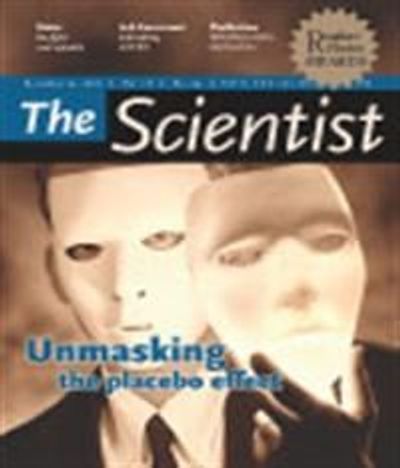Photo: Courtesy of Amersham Biosciences | |
 | |
Drug discovery frequently involves the screening of large numbers of candidate compounds, and any technology that helps researchers weed out the less-promising contenders can potentially save pharmaceutical companies a great deal of time and money. But studying the subcellular effects of drugs has proven to be something of a drug-discovery bottleneck, as these assays are largely done in a nonautomated, or minimally automated, manner.
Rachel Panther, bioassays marketing director for Amersham Biosciences, Piscataway, NJ, explains, "It largely means that [these assays] are done fairly late in the process of drug discovery. There's a lot of belief that by doing that earlier, you can develop a much deeper understanding of the function of these drugs and also some of the less-desirable effects that they may be causing."
To help streamline this process, Amersham Biosciences has introduced two microscope...
Interested in reading more?
